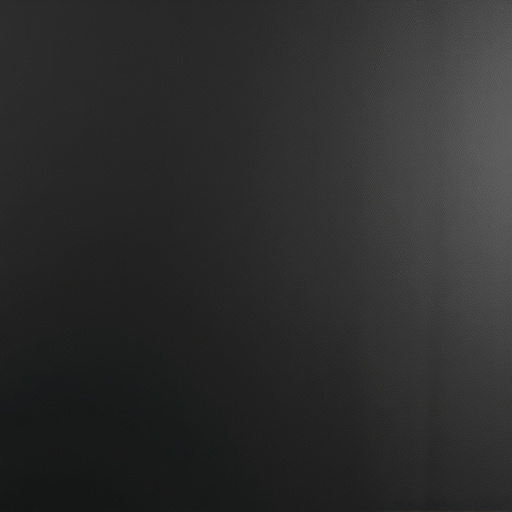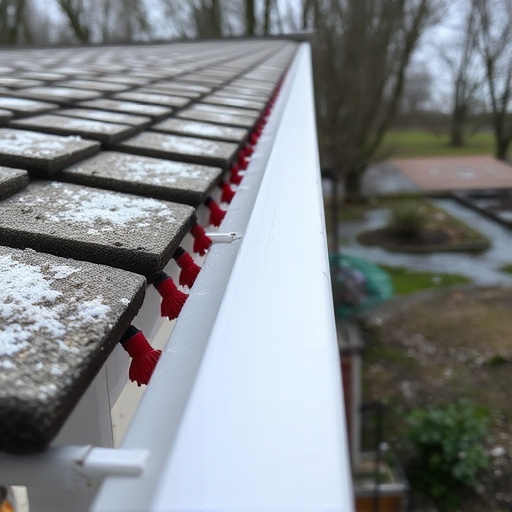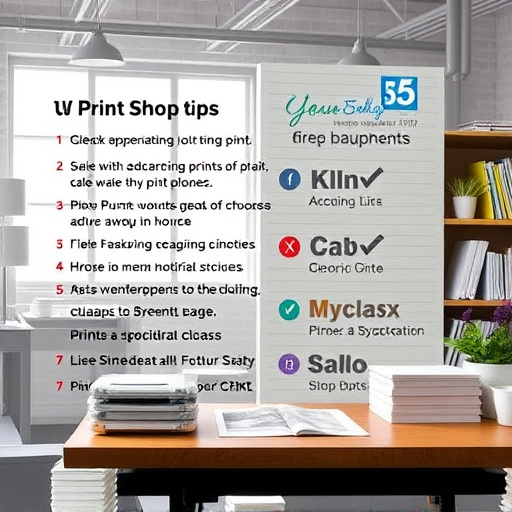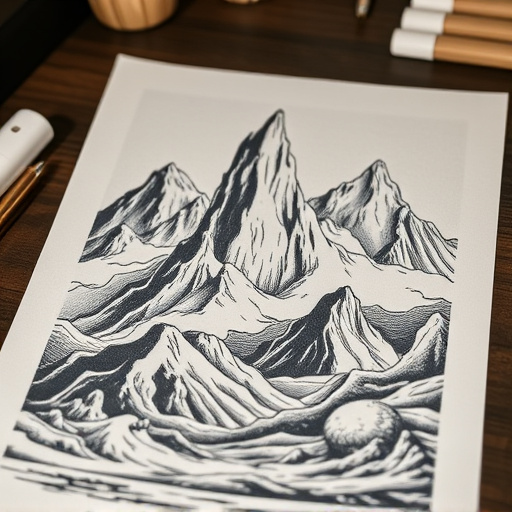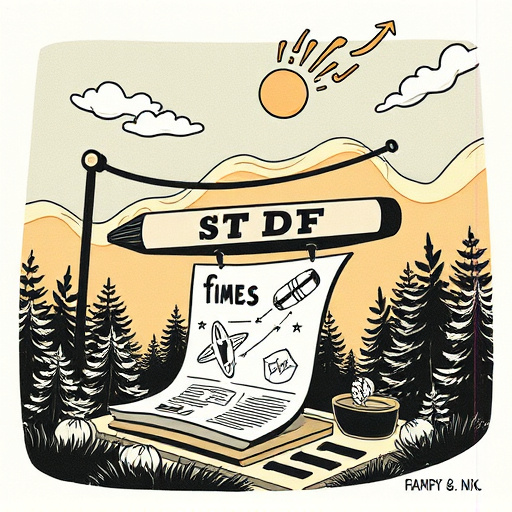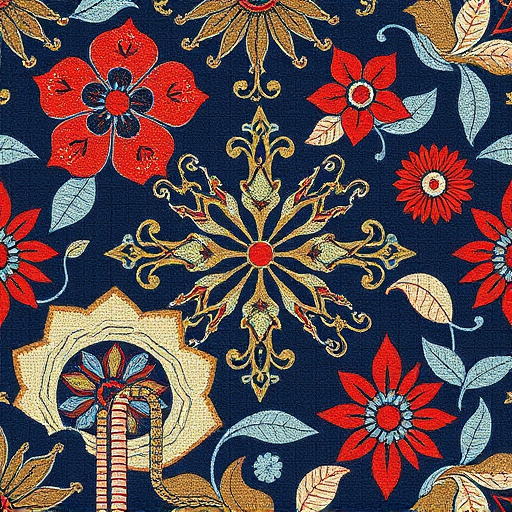DTF cotton printing offers exceptional durability for apparel, with longevity influenced by ink, machine quality, fabric type, and design intricacy. Best practices include using high-quality pre-washed cotton, proper surface preparation, optimized print settings, heat setting, and regular equipment cleaning to ensure vibrant, fading-resistant prints.
Discover the longevity of DTF cotton printing on fabric and how it can enhance your design projects. This comprehensive guide delves into the durability of this technique, exploring factors that impact print longevity, from ink quality to fabric type. Learn best practices to extend the lifespan of your DTF prints, ensuring vibrant colors and crisp details for years to come. Uncover expert tips and insights to maximize the potential of DTF cotton printing.
- Understanding DTF Cotton Printing Durability
- Factors Affecting Print Longevity on Fabric
- Best Practices for Extending Print Lifespan
Understanding DTF Cotton Printing Durability
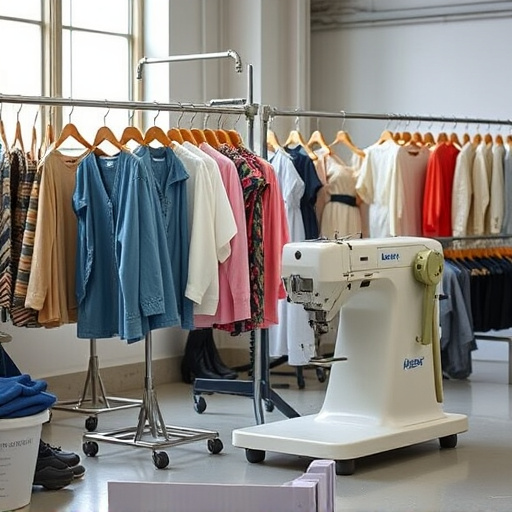
Understanding DTF Cotton Printing Durability
DTF (Direct to Fabric) cotton printing is renowned for its exceptional durability when applied to textiles, particularly in the apparel industry. This method involves forcing ink directly into the fabric’s fibers during the printing process, resulting in a robust bond that ensures the design’s longevity. The durability of DTF cotton printing is attributed to several factors, including the quality of inks and printing machines used, as well as the type of fabric being printed on. For instance, when applied to cotton fabrics, DTF printing can last for years without significant fading or loss of vibrancy.
This technology is especially popular in the production of custom DTF for apparel, such as hoodies, t-shirts, and other clothing items. The versatility of DTF heat transfer paper allows for intricate designs and vibrant colors, making it a preferred choice among designers and manufacturers. Moreover, DTF printing offers a cost-effective solution for bulk orders while maintaining the highest standards of quality and durability, ensuring that the printed garments remain visually appealing even after frequent washing and wear.
Factors Affecting Print Longevity on Fabric
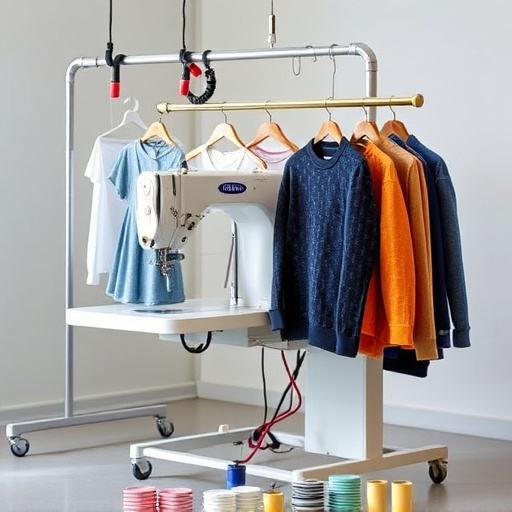
The longevity of DTF (Direct to Fabric) cotton printing on fabric is influenced by several key factors. First and foremost, the quality of the print itself plays a significant role. High-resolution prints using top-tier inks tend to last longer than low-quality or poorly applied designs. The type of fabric also has a substantial impact; natural fibers like 100% cotton typically absorb ink better and retain their vibrancy for extended periods, whereas synthetic blends might offer varying levels of durability.
Additionally, the printing technique and equipment used are critical. Advanced DTF printers with precise settings and high-performance inks generally produce more durable results, especially when printing custom t-shirts or logos for clothing brands. Environmental factors such as exposure to sunlight, heat, and frequent washing can accelerate fading or damage to the print over time, emphasizing the need for proper ink selection and application techniques for long-lasting prints on fabric.
Best Practices for Extending Print Lifespan

To maximize the lifespan of your DTF cotton printing on fabric, several best practices can be implemented. First, choosing the right materials is essential; opt for high-quality cotton fabrics that are pre-washed to remove any finishes that could interfere with ink adhesion. Additionally, proper preparation of the fabric surface before printing is crucial; ensure it’s clean, dry, and free from oils or contaminants.
Second, optimal print settings play a significant role in longevity. Using higher print resolutions and carefully selecting appropriate inks designed for cotton will yield more durable results. After printing, heat setting the design using a heat press at the recommended temperature and time ensures that the ink fuses with the fabric fibers, enhancing its resistance to fading or peeling. Regularly cleaning your printing equipment and maintaining it in good condition also contributes to consistent print quality over time.
DTF cotton printing offers a durable and vibrant solution for fabric customization, but its longevity depends on various factors. By understanding how environmental conditions, garment care, and printing techniques impact durability, you can ensure your DTF prints remain crisp and colorful for longer periods. Adhering to best practices, such as using high-quality inks and suitable fabrics, will help extend the lifespan of your DTF cotton prints, ensuring they withstand the test of time and maintain their initial quality.


